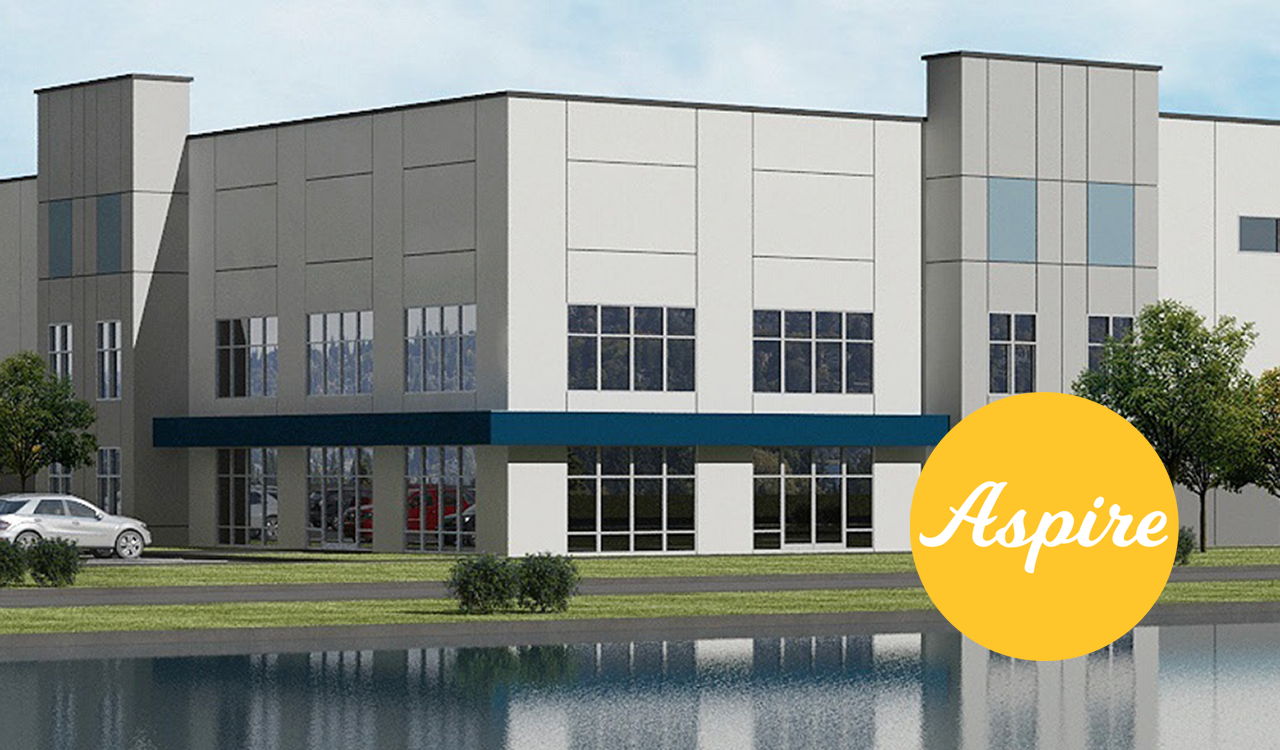Economic Development Series: Business Attraction Incentives

Johnson County and other communities utilize financial incentives as tools to encourage economic growth. A variety of economic development incentives are available to assist companies new to Johnson County as well as those already established here. Aspire supports communities in negotiating and analyzing the benefit of providing incentives versus the cost, and it also shepherds projects through the public approval process.
Tax abatement, a concept familiar to many Aspire members, is one such tool that has been used successfully for years. It is one of the few incentive tools used by local government (as opposed to state government) where taxes on real property (for example, buildings) or personal property (such as equipment or machinery) are phased in over a period of time.
“As an example, a municipality can grant a 5-year real property tax abatement, phased-in at 20 percent per year,” explained Aspire Vice President of Economic Development Amanda Rubadue, CEcD. “Once the building has been assessed, the company would not pay any real property taxes for the building the first year. The second year it would pay 20 percent of their real property taxes, third-year – 40 percent of the taxes and so on until the sixth year where they would have their full liability.” Municipalities are also able to pause or cancel an abatement if the company doesn’t reach its promised job or wage goals, she added.
Rubadue cited Peterman Brothers as an example of a local business using tax abatement to expand. The heating, cooling and plumbing company was awarded a three-year, $220,000 real property tax abatement by the Greenwood City Council in November to build a warehouse and open a trade school. The expansion will create about 150 jobs paying $22 an hour.
“As background, here in Indiana, the state legislature sets the parameters on the tools and how they can be used. Some incentives are administered by the Indiana Economic Development Corporation while others are administered at the municipal or county level,” explained Rubadue. “Most of the incentives are performance-based, meaning a company doesn’t receive the incentive until an investment in real or personal property is made and/or the proposed jobs are in place and employees are receiving their wages.”
What does all this mean for local businesses? The use of economic incentives helps improve business, cut costs, remove barriers, assist employees and aid in recruiting/retention, among other benefits. “If a company in Johnson County plans on making a significant investment in real estate or personal property, they should reach out to Aspire,” Rubadue said. “We can help evaluate whether or not their community would support incentivizing their investment and we can help with the paperwork and review process.”
However, incentives do not always make or break a new project. “They are helpful to the company getting a challenging first year under its belt or reducing front-loaded expenses while they ramp up production and hiring,” Rubadue concluded. “Quality of life, available infrastructure, a trained and quality workforce, available sites or buildings and a business-friendly environment are what attract a company to a particular area. Incentives can help push a location up on a shortlist of potential sites, but they aren’t what ultimately brings a new company to Johnson County.”
Aspire President and CEO Christian Maslowski added, “The number one goal of our five-year Economic Development Strategic Plan is to drive innovation to boost business and industry development. And the economic development incentives outlined in this article are vital to the success of our effort to attract businesses to Johnson County.”
